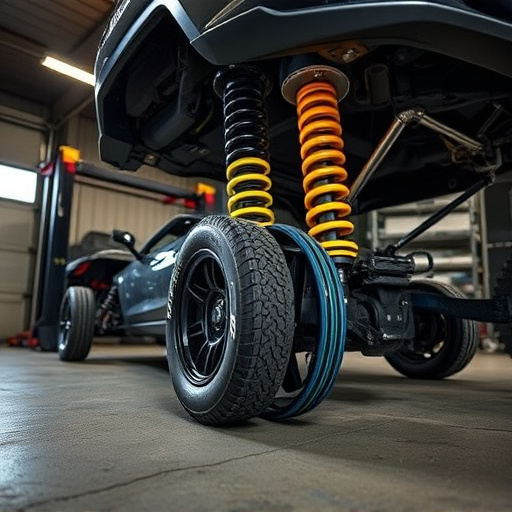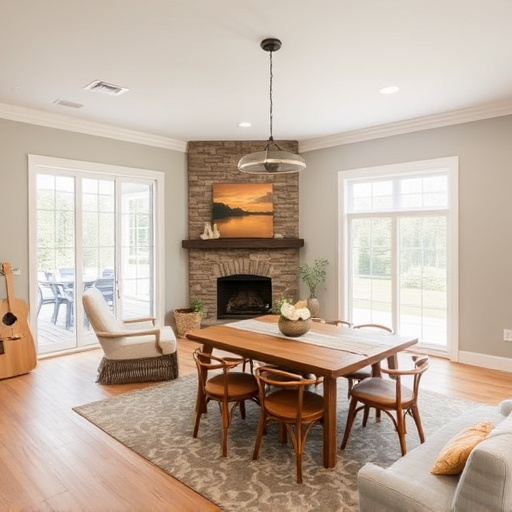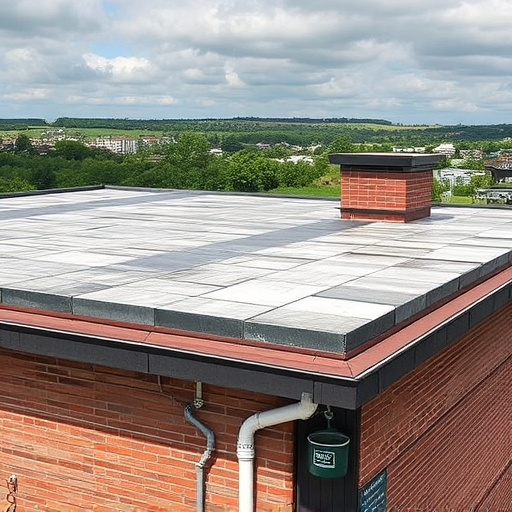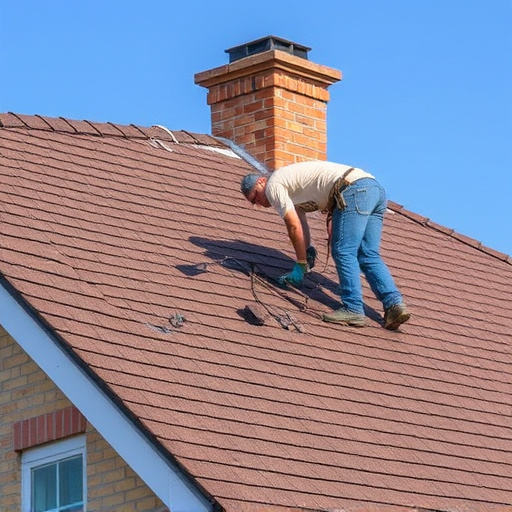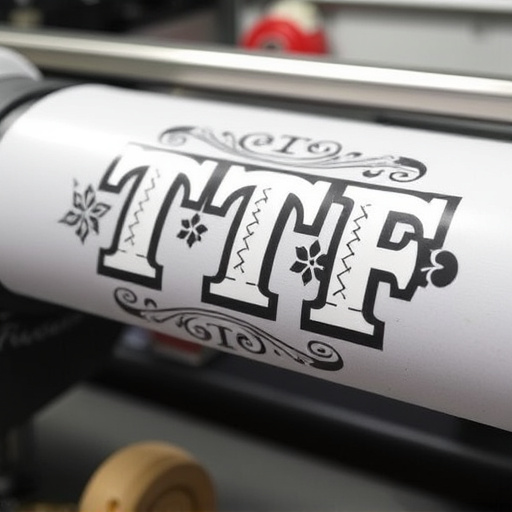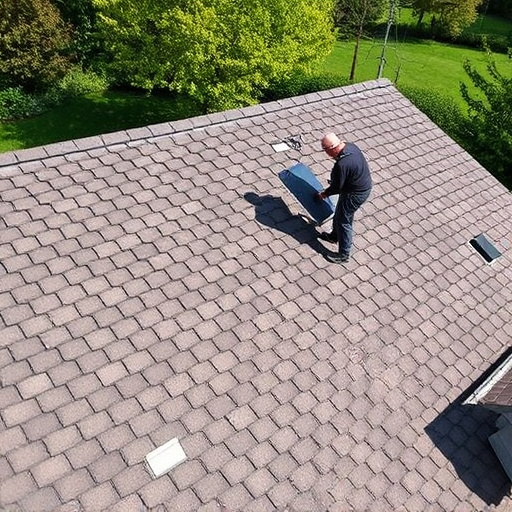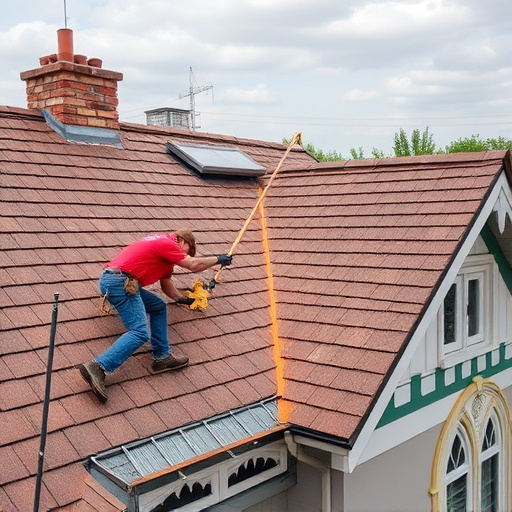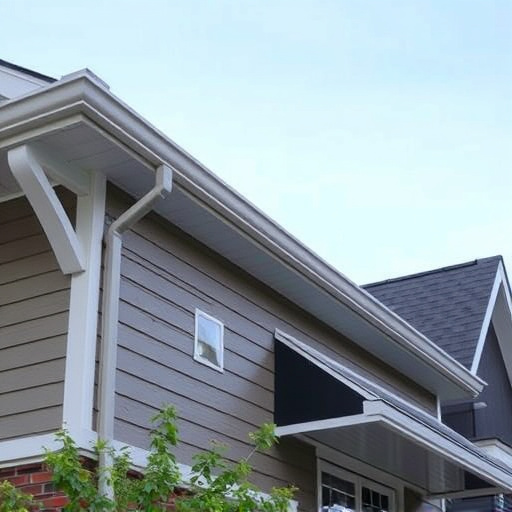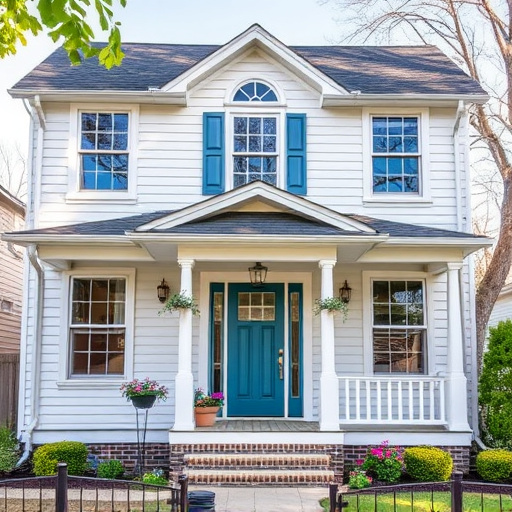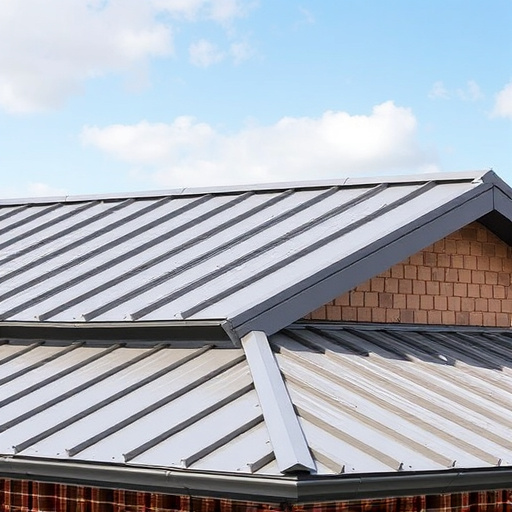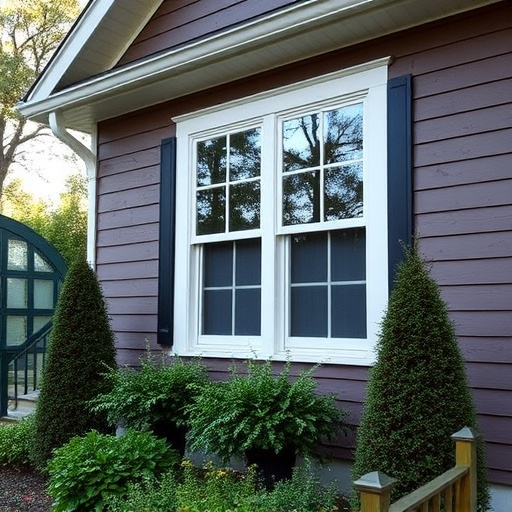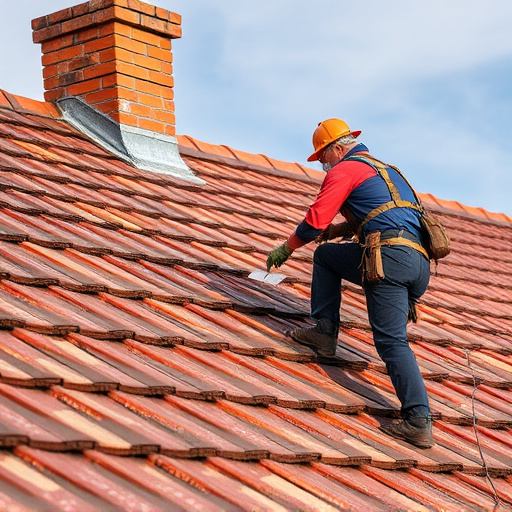Exterior siding plays a vital role in achieving high energy efficiency in homes by protecting against environmental elements and reducing heat transfer. Quality options like vinyl, fiber cement, and wood enhance structural longevity and appeal but vary in thermal properties. Proper installation techniques, including tight fits and secure fastening, minimize air gaps for better insulation. Well-maintained gutters, regular repairs, and strategic siding selection contribute to significant energy bill savings and increased property value.
Exterior siding isn’t just about aesthetic appeal; it plays a pivotal role in your home’s energy efficiency. Understanding how different types of siding influence heat transfer can significantly impact your energy bills. This article delves into the science behind exterior siding, exploring its critical function in maintaining optimal indoor temperatures and providing practical tips for maximizing energy savings through strategic installation. From insulation to materials, discover how the right siding choices can make your home more energy-efficient.
- Understanding the Role of Exterior Siding in Energy Efficiency
- Types of Siding and Their Impact on Heat Transfer
- How to Optimize Energy Savings with Proper Siding Installation
Understanding the Role of Exterior Siding in Energy Efficiency

Exterior siding plays a crucial role in determining a home’s energy efficiency ratings. It acts as a protective barrier against environmental elements, directly impacting insulation and heating/cooling systems. The right kind of exterior siding and gutters can significantly reduce heat transfer between the interior and exterior of a house, thereby improving energy conservation. By serving as an extra layer of defense against weather conditions like rain, snow, and extreme temperatures, it helps maintain consistent indoor comfort levels throughout the year.
In addition to its insulating properties, the exterior siding and gutters also contribute to overall home aesthetics and structural longevity. A well-maintained, high-quality siding can protect a house from storm damage repair needs, ensuring that its energy efficiency ratings remain optimal over time. Considering the variety of materials available—from traditional vinyl to modern fiber cement—homeowners have numerous options tailored to their budgets, climate zones, and desired aesthetics. Incorporating these considerations in choosing the right exterior cladding can lead to substantial long-term savings on energy bills and enhance the overall value of a property.
Types of Siding and Their Impact on Heat Transfer

Exterior siding plays a significant role in determining a home’s energy efficiency ratings, primarily through its impact on heat transfer. The type of siding chosen can significantly affect how well a home retains or dissipates heat, thereby influencing heating and cooling costs. For instance, vinyl siding is known for its excellent insulation properties, which help to regulate indoor temperatures by minimizing heat gain during summers and heat loss in winters. This not only reduces energy consumption but also contributes to a more comfortable living environment.
On the other hand, fiber cement siding offers a balance between durability and thermal control. Its dense composition slows down heat transfer, preventing rapid temperature fluctuations. For homeowners looking for long-term solutions, this type of siding can be particularly beneficial, as it requires less maintenance compared to other options. In contrast, wooden siding, while aesthetically pleasing, is less efficient due to its high heat conductivity. Proper installation and insulation underneath can mitigate these issues, but it often necessitates more frequent roof repair and home exterior services, making it a less energy-efficient choice in the long run.
How to Optimize Energy Savings with Proper Siding Installation

Optimizing energy savings through proper exterior siding installation is a strategic step that significantly enhances your home’s efficiency. The right type of siding not only boosts insulation but also reduces heat transfer, keeping your living spaces cooler in summer and warmer in winter. When selecting materials, prioritize options like vinyl or fiber cement siding known for their excellent thermal resistance and long-lasting durability.
During installation, ensure tight fits and secure fastening to minimize air gaps. Proper siding and gutters work hand-in-hand; well-maintained gutters direct rainwater away from the foundation, preventing water damage that could compromise energy efficiency. Regular siding repairs are equally vital. Promptly addressing cracks or damaged sections prevents drafts and reduces heating/cooling losses, contributing to overall energy conservation.
Exterior siding plays a significant role in your home’s energy efficiency. By understanding how different types of siding impact heat transfer, you can make informed decisions to optimize energy savings. Proper installation is key; it seals the barrier between your home and the elements, reducing heating and cooling costs significantly. Investing in high-performance exterior siding is a smart step towards creating an energy-efficient and comfortable living space.
